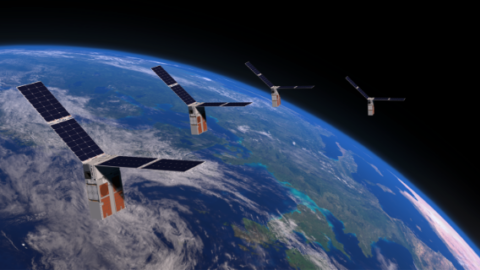Metis Technology Solutions personnel have provided key support for NASA’s Starling mission, which successfully launched and deployed this week. Starling involves a set of four six-unit CubeSats orbiting the Earth together in a novel distributed swarm configuration. The primary Starling mission objective is to test orbital maneuver planning and execution, along with swarm reconfiguration, of the CubeSats in a cooperative, synchronized manner. Through these capabilities, Starling’s goal is to create a swarm of autonomously functioning CubeSats that can react to immediate circumstances and complete tasks together. As part of the Axient-led contractor team supporting Flight Dynamics at NASA Ames Research center, Metis orbital mechanics and software personnel operate the Starling Flight Dynamics System used by mission controllers for orbital maneuver planning and swarm management.

“Our flight dynamics personnel at NASA Ames have once again gone above and beyond with
their contributions to the groundbreaking Starling mission,” said Joy Colucci, CEO of Metis
Technology Solutions. “Metis has been central to the mission design and support of some of the
most trailblazing satellite missions developed at, and supported by, NASA Ames Research
Center during the past decade. I am thrilled that Metis flight dynamics capabilities were again
able to support a revolutionary satellite mission like Starling.”
The Starling mission is set to last at least six months, testing four technologies in the process.
Metis personnel played a lead role developing one of those technologies, the Starling
Reconfiguration and Orbit Maintenance Experiments Onboard (ROMEO) project. ROMEO is an
experimental software payload used to demonstrate autonomous swarm maneuver planning and execution, without inputs from mission controllers on the ground. This functionality allows the satellites to fly in a cluster, both planning out trajectories and executing them on their own.
